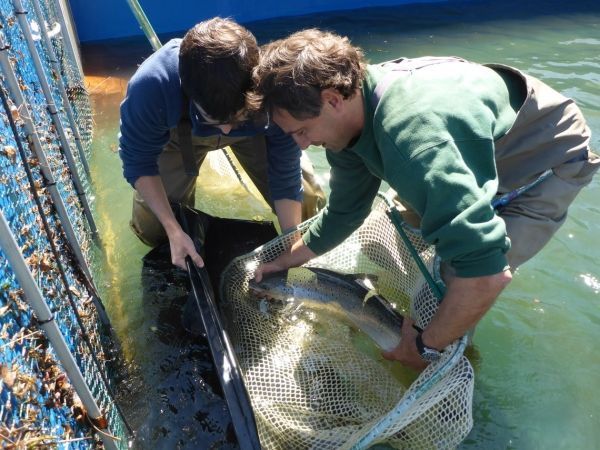The Blackstone River in Rhode Island is where one of the Nation’s first fish passages was built back in 1714 to help fish navigate past manmade obstructions so they could complete their instinctual migration cycles.
More than 300 years later and not far from the original fish passage site there on the river, U.S. Geological Survey researchers have been working with dam operators and other cooperators to expand scientific understanding of the effects these barriers and dams can have on migratory fish, and what can be done to maximize their chance to travel freely up and down rivers, to and from oceans.
It’s a scene happening throughout the U.S., with the USGS providing science to help build and maintain healthy fish populations, and with them, healthier ecosystems. The fish passage research the USGS conducts provides critical information that helps build fish passages that enable key species to get past dams, navigate waterways and complete migration cycles. These specially designed structures enable fish to bypass blocked waterways, giving migratory fish access to key spawning areas, nurseries and other crucial habitats.
When migratory fish are able to use effectively designed fish passages, it strengthens inland and ocean ecosystems, fishing communities, and enhances conservation efforts of these important fish. This is significant because traveling fish are ecologically and economically important in the oceans where many species spend most of their adult lives, and in the freshwater habitats where a majority are born and reproduce.
Continue reading at USGS.
Image via USGS.


